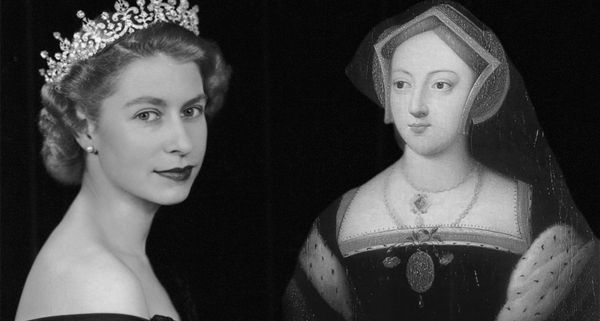Mary Boleyn, Contemporary Working Women, and The Rise of the Underdog
Mary Boleyn, Contemporary Working Women, and The Rise of the Underdog
During the reign of Henry VIII, Queen Anne Boleyn reigned supreme, while her sister Mary suffered banishment from the royal court. Mary, formerly the King’s mistress and mother to two of his children, betrothed a low-level courtier in an unsanctioned marriage. This marriage caused a major uproar, resulting in the banishment of Mary and the removal of both children from her custody. Katherine and Henry Carey, the two children shared by Mary and King Henry, thus fell into the care of Queen Anne, their beloved aunt and step-mother.
Mary Boleyn, separated from all near and dear to her, nevertheless survived the massive pillage of her family. Her father, sister-in-law, and even her cherished sister Queen Anne, all lost their lives to the executioner’s ax. Mary’s banishment resulted in her survival, and her children lived on in the court of Queen Elizabeth I. Both children made fabulous marital matches, ultimately bearing children of their own. Yet the memory of Mary, living far away from court, lived on through her enigmatic nickname of “the great and infamous whore.”
The royal courts thought they had seen the last of Mary Boleyn. Dead six years after her banishment, her children resembled their father enough to evoke a certain degree of deference. Their cousin and half-sister, Queen Elizabeth I, a niece of Mary Boleyn, died childless, effectively ensuring that no Boleyns would ever again sit on the royal throne. Indeed, the Stewart’s came to power, and the Boleyns retreated to the background of history. However, a closer examination reveals that sometimes history is not all that it seems.
History has a funny way of favoring the underdog. The least expected outcome is often the one that takes center stage. This certainly seems to be the case with the likes of Mary Boleyn. With her humble beginnings as a royal mistress, to her disgraced exit from her family and the royal court, Mary Boleyn seems the least likely candidate to make any sort of meaningful appearance again in the pages of history. And yet, here she is, staring us in the face-or rather, her 12th great-granddaughter, stares at us through the papers and our televisions, as our very own very Queen Elizabeth II. Yes-a 12th great granddaughter of “the infamous whore” Mary Boleyn, sits on the throne of England. Through her mother, Elizabeth Bowes-Lyon, Queen Elizabeth II is a direct descendant of Mary Boleyn through her daughter Katherine Carey.
It’s as though Mary Boleyn has reached out from the grave, assuring that her bloodline remains on the throne of England. As a matter of fact, the late Princess Diana is a descendant, as is Sarah Ferguson, the ex-wife of Prince Andrew, the Queen’s second son, and mother to his two daughters. Kate Middleton, the wife of Prince William, third in line to the throne, is also a descendant. In essence, catastrophic deaths could hit the royal family of England, and Mary Boleyn’s descendants would still sit on the throne of England, as her descendants are heirs from nearly every direction. This is quite incredible for a shunned, and disgraced ex-mistress to King Henry VIII.
Like Mary Boleyn, women have emerged as the underdog in today’s business world. Previously relegated to positions of either the Madonna (Queen Anne) or the whore (Mary Boleyn), within the realms of the bedroom and/or the realm of childrearing, women have now emerged as leaders within the business world. From Facebook and Yahoo, to Hewlett-Packard and eBay, women have proven themselves as more than capable of leading businesses to financial success. Just as Mary Boleyn reaches out from the grave into the modern-day royal family, so do the late women who entered the business world in WWII as temporary replacements for men serving abroad.
History has a way of constantly favoring the underdog. As the “great and infamous whore,” Henry VIII banished Mary Boleyn to the footnotes of history. But her descendants have gone on to the comprise the contemporary house of Windsor. Just as Mary Boleyn rose from the grave, modern-day working women also represent the rise of the underdog. While initially considered merely temporary replacements for men serving abroad in WWII, today’s women can be found in all four corners of the business world. Like the modern-day royal family and the presence of Mary Boleyn, a catastrophe could hit the business world and women would still emerge as leaders. Like Mary Boleyn, against all odds, women in the workforce are here to stay.




Leave a Reply
Want to join the discussion?Feel free to contribute!